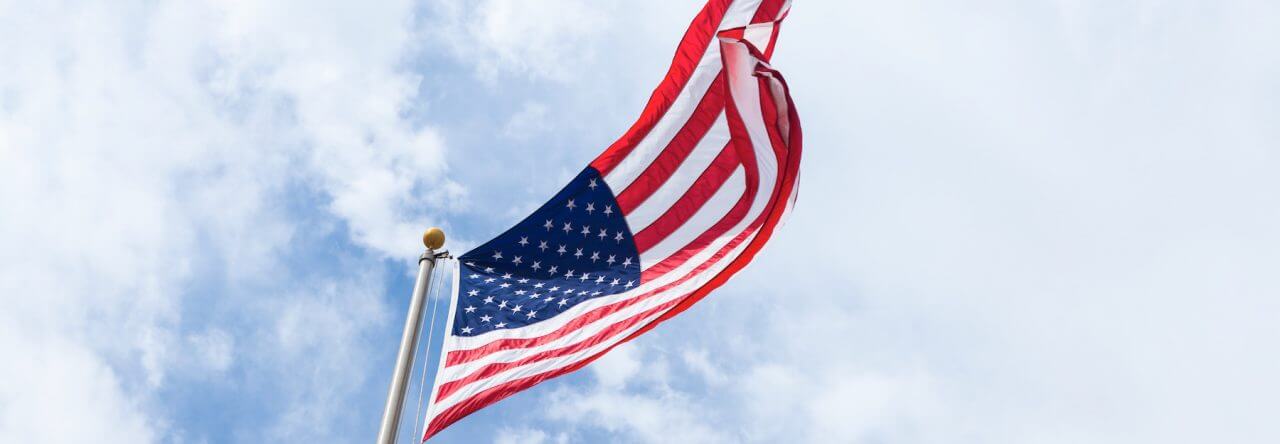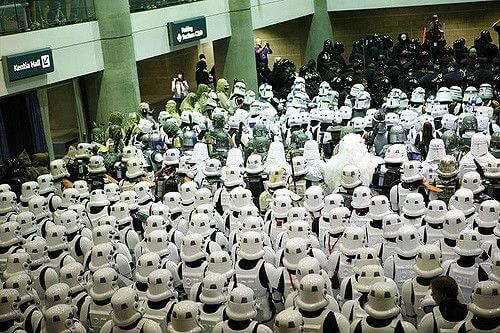Some charities work outside the box. They either choose an unexpected recipient, like guinea pigs or very tall people, or they devise a novel approach, like the 501st Legion. Consider the following examples:
1) 501st Legion
The 501st Legion is an international organization that debuted in 1997. It has three purposes: give to the community, promote interest in “Star Wars,” and help fans design and make their costumes. As the members all dress like storm troopers and other villains, they describe themselves as “bad guys doing good.” They hold Star Wars-themed fundraisers, appear at other organizations’ events, and do volunteer work like visiting children at hospitals.
2) The Critter Connection
Most animal rescue organizations are devoted to dogs and/or cats. The Critter Connection, which was established in 2004, is an organization dedicated to the rehabilitation and rescue of neglected and abandoned guinea pigs. Its founder, Cindy Kuestler, established the organization when she realized that animal shelters were not equipped to take care of guinea pigs. The Critter Connection helps find new homes for guinea pigs and educates owners about the proper way to take care of their pets. The Critter Connection, which is based in Durham, Connecticut, has so far found new homes for 1,800 guinea pigs.
3) Tall Clubs International Foundation
Tall Clubs International (TCI) is a support group for very tall people that they define as women who are at least 5’10” and men who are at least 6’2”. Among their services is a scholarship program for people under 21 who are about to start their first year of college. The founder, Kae Sumner Einfeldt (1916 – 1996) was 6’3” herself. As a young woman, she grew increasingly frustrated with furniture and clothing designed for smaller people. She and eight other equally tall friends established the first tall club in 1938 in California both for mutual support and to help them negotiate lower prices for custom-made furniture. TCI still advertises companies that offer goods and services designed for the very tall.
4) Helping Hands: Monkey Helpers
Helping Hands: Monkey Helpers provides disabled people with capuchin monkeys as service animals. The monkeys’ intelligence and dexterity enable them to perform a wide range of tasks from turning pages to retrieving dropped objects to pressing buttons. The monkeys can even reposition limbs in a wheelchair. They are also small enough to cuddle and, they typically live for 30 to 40 years. Helping Hands, which was established in 1979, trains the monkeys and then matches them with people based on the temperaments of both monkey and recipient, the temperaments of other people in the house, and the client’s needs.

